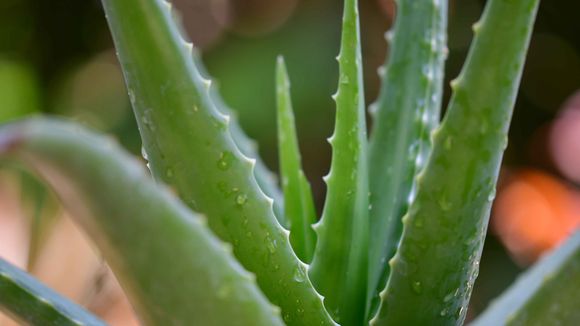Causes and Symptoms of Heat Rash
Heat rash, also known as prickly heat or miliaria, occurs when sweat ducts become blocked and sweat cannot escape. This blockage leads to inflammation and the formation of small, itchy red bumps on the skin. Common symptoms include redness, itching, and a prickly sensation.
Although heat rash can affect anyone, it's particularly common in infants and the elderly, as their sweat ducts are not as developed or functionally efficient. Furthermore, those living in tropical climates and athletes who engage in intense physical activities are also more susceptible.
Prevention Methods
Preventing heat rash primarily involves managing your body temperature and reducing excessive sweating. This includes wearing loose, breathable clothing, staying hydrated, avoiding extreme heat, and using air conditioning or fans to cool down. Regular baths can also help, especially if they involve cooling botanical extracts.

Photo by pisauikan on Unsplash
Natural Remedies and Their Botanical Information
Various herbs and botanicals can aid in the prevention and treatment of heat rash. They often provide soothing, anti-inflammatory, and antibacterial properties.
1. Aloe Vera (Aloe barbadensis Miller)
Aloe Vera is renowned for its healing properties. It's been used for centuries to treat skin conditions thanks to its cooling, anti-inflammatory, and antimicrobial properties. Applying Aloe Vera gel to a heat rash can soothe the skin and reduce inflammation.
2. Chamomile (Matricaria chamomilla)
Chamomile is another traditional remedy for various skin conditions, including heat rash. The flowers of this plant are rich in flavonoids and terpenoids, which exhibit anti-inflammatory and antioxidant properties. A chamomile tea bath can be particularly soothing.
3. Witch Hazel (Hamamelis virginiana)
Witch hazel is a shrub native to North America, used traditionally for various medicinal purposes. It possesses potent anti-inflammatory and astringent properties, thanks to its high tannin content. Applying a witch hazel solution to the skin can help tighten the pores, promote sweat duct clearance and reduce the chance of inflammation.

Photo by Yaroslava Stupnytska on Unsplash
Herbal Recipes for Heat Rash
Aloe Vera Cooling Gel:
Extract the gel from a fresh Aloe Vera leaf and apply it directly to the affected areas. Let it sit for 10-15 minutes before rinsing off with cold water. Repeat twice a day.
Chamomile Bath:
Steep 1-2 cups of chamomile flowers in boiling water for about 15 minutes. Strain the liquid and add it to a lukewarm bath. Soak in it for about 15-20 minutes. Repeat once daily.
Witch Hazel Solution:
Mix equal parts of witch hazel and water to create a solution. Apply it to the affected areas using a clean cloth. There's no need to rinse it off, as it can be beneficial to let the solution soak into the skin. Repeat twice daily.
Anticancer Properties
While this article focuses on the treatment and prevention of heat rash, it's worth mentioning that some of these plants have been researched for potential anticancer properties.
- Aloe Vera: Some studies suggest that Aloe Vera has potential anticancer properties due to its polysaccharides, which can stimulate an immune response.
- Chamomile: Apigenin, a flavonoid found in chamomile, has been studied for its potential anticancer effects.
Please note that while these plants have shown potential in laboratory studies, further research is needed to fully understand their efficacy and safety in cancer treatment.
Questions and Answers
Q: Can heat rash occur in cold weather?
A: It's less common, but yes, heat rash can occur in colder climates if you are overdressed or engaging in activities that cause excessive sweating.
Q: Can heat rash spread from one person to another?
A: No, heat rash is not contagious and cannot be spread from person to person.
Q: Can food allergies cause heat rash?
A: No, food allergies can cause hives or other types of skin reactions but not specifically heat rash.
Q: How long does heat rash usually last?
A: With proper care, heat rash usually clears up within a few days.
Q: Are certain materials of clothing better for preventing heat rash?
A: Yes, clothing made from natural fibers like cotton or linen allows for better air circulation and can help prevent heat rash.
Remember, while natural remedies can be very effective, always consult with a healthcare professional if symptoms persist or worsen. Stay cool, stay safe, and enjoy the summer!









